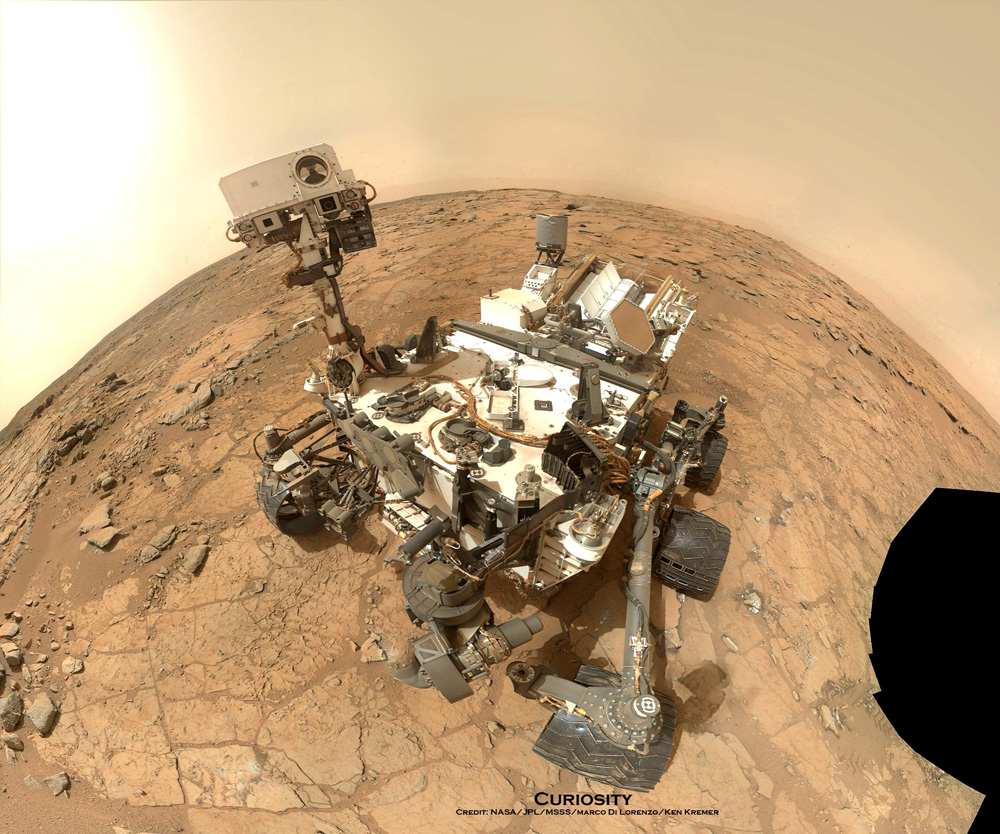
NASA's Mars rover Curiosity has stopped gathering data for a few days while engineers investigate an electrical problem that cropped up over the weekend.
On Sunday (Nov. 17), the mission team noticed a change in the voltage difference between the body of the Curiosity rover and its electricity-distributing power bus. They suspect that the culprit may be a "soft short," a sort of electrical leak through partially conductive material (as opposed to a "hard short," which can be caused by two exposed wires touching each other).
Curiosity is standing down temporarily while engineers try to understand what caused the problem, mission officials said.
"The vehicle is safe and stable, fully capable of operating in its present condition, but we are taking the precaution of investigating what may be a soft short," Curiosity project manager Jim Erickson, of NASA's Jet Propulsion Laboratory in Pasadena, Calif., said in a statement Wednesday (Nov. 20).
The voltage difference between Curiosity's chassis and its power bus had been about 11 volts since the rover touched down inside Mars' Gale Crater in August 2012. But the difference dropped to about 4 volts on Sunday, team members said.
If the cause was indeed a soft short, there could be more troubleshooting in Curiosity's future.
"Soft shorts reduce the level of robustness for tolerating other shorts in the future, and they can indicate a possible problem in whichever component is the site of the short," NASA officials wrote in a Curiosity status update Wednesday.
Sign up for the Live Science daily newsletter now
Get the world’s most fascinating discoveries delivered straight to your inbox.
The issue appears to be unrelated to the software glitch that caused Curiosity to reboot its computer and go into a protective "safe mode" earlier this month, they added.
Curiosity's primary task is to determine if Mars has ever been capable of supporting microbial life. Mission scientists have already achieved this goal, finding that an area near the rover's landing site called Yellowknife Bay was indeed habitable billions of years ago.
The 1-ton robot is now embarked on a long drive from Yellowknife Bay to towering Mount Sharp, whose foothills hold a record of Mars' changing environmental conditions over time. If all goes according to plan, Curiosity should reach the mountain's base around the middle of next year, mission scientists have said.
Follow Mike Wall on Twitter @michaeldwall and Google+. Follow us @Spacedotcom, Facebook or Google+. Originally published on SPACE.com.











